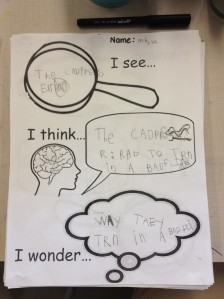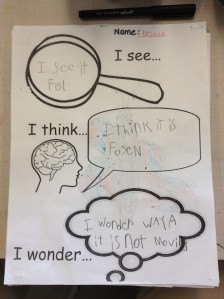
Last year my class was absolutely OBSESSED with Super Heroes. They were everywhere in the children’s play, indoors and out, but most especially at the small building centre. It really all started with two boys who began creating super heroes out of linking cubes. After sharing their creations with the class, more and more children began turning up at the small building centre to make and play super hero games.

Can you guess who these Super Heroes are??
At the same time all this was going on, one of my favourite bloggers was also experiencing some Super Hero mayhem in her class. Mrs Meyers began posting some amazing STEM ideas based off the characteristics of Super Hero stories (along with many other super hero related questions, which she wrote about in her blog here: http://mrsmyerskindergarten.blogspot.ca/2017/03/what-we-learned-by-investigating.html)
All of the ideas we tried were hugely popular and led to a lot of experimentation and conversation in our class. We added some of our own provocations based on the children’s overall interest in certain materials (e.g., Plasticine, Lego). Here is a gallery of some of our work:


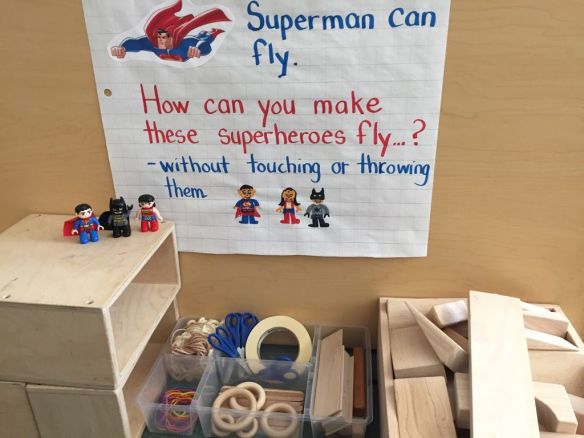
This STEM flying challenge was VERY popular and led to a lot of collaboration and teamwork. In fact, many children challenged themselves to come up with multiple ways of making these Duplo characters fly. One group of boys was ecstatic when they figured out how to make a catapult. For days, Duplo Super Heroes were flying across the classroom!
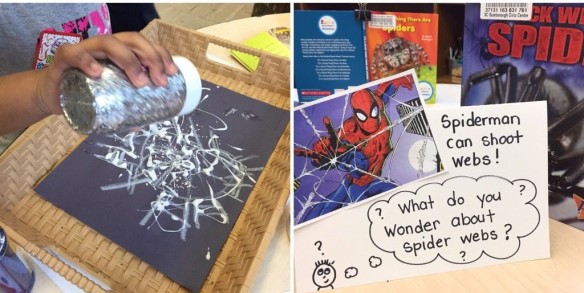
Another gem from Mrs Meyers! Our students loved making their own spider webs and looking in the non fiction books to learn more about them.
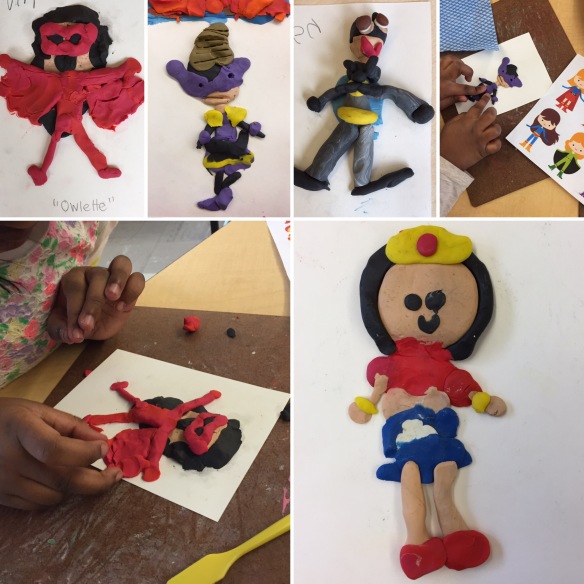
By far the most popular provocation was this one which gave the children an opportunity to create a Super Hero out of Plasticine (modelling clay). Most students came here often to make a number of different Super Heroes. We loved sharing these at reflection time and talking about the aspects of the costumes that helped us identify each Super Hero’s identity. I was amazed at how detailed these creations were! We had a collection of Super Hero readers which I gathered from the library that the children were intent on consulting as they worked to make sure they got everything just right.
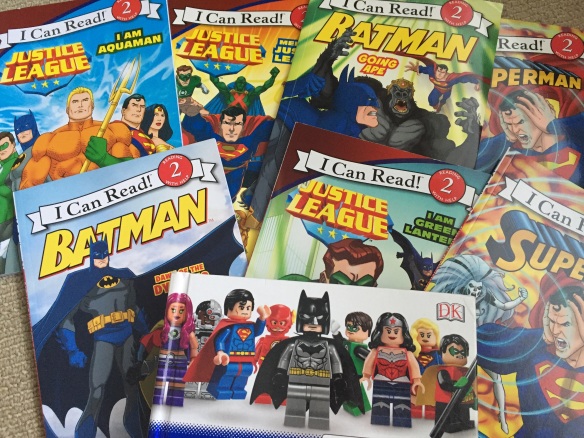
A few of the super hero readers we had out in the classroom. These were SO popular – even the most reluctant readers were eager to look at these.
One of the thinking routines we relied on heavily for this project was “Can…Have…Are…” This unique take on a concept web really helps focus the children’s thinking on a specific topic. We used it to organize our thinking about villains, specific superheroes like Spiderman, and about Superheroes in general. Each time we used it, the children got more skilled at communicating their ideas.

What Superhero inquiry would be complete without some creative costume making? The more we talked about superheroes, the more interested the children were in developing their own superhero personas. We used small cardstock cards to make masks and plastic table cloths to make capes.
We wrapped up our learning with a “superhero day” where everyone came to school dressed as their favourite superhero.

In addition to celebrating our learning with a Super Hero day, we also celebrated by creating a display of our work. The children were so incredibly proud to see their work on display and could often be found admiring their work with classmates and friends.
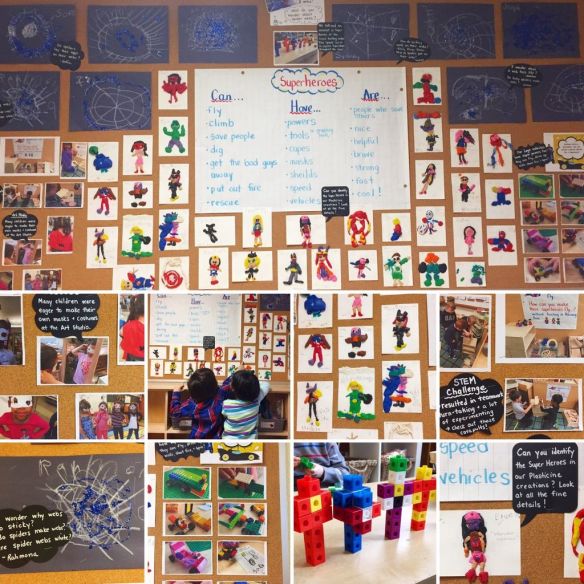
A BIG thank you again to Mrs Meyers for sharing her class’s learning online and continuing to inspire me and my students!
























